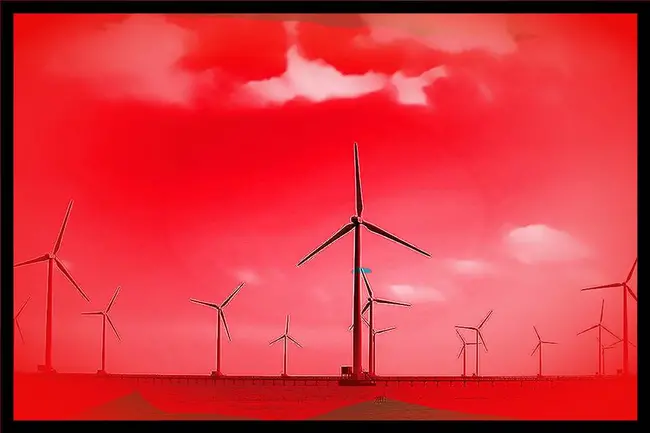Japanese and European banks have traditionally been big clean-energy lenders, too
SVB made about $1.2 billion of project finance loans to U.S. renewable energy projects in 2022.
The Wall Street Journal By Jinjoo Lee, March 14, 2023
Silicon Valley Bank’s fallout has clearly spooked some investors in clean energy stocks. How worried should they really be?
Even after a rebound Tuesday, residential solar company Sunrun, RUN -4.28% battery-storage company Stem STEM -0.69% and fuel-cell manufacturer Bloom Energy BE 1.05% are all down around 7% to 10% since SVB Financial SIVB -60.41% proposed a capital raise on March 8. All three companies are previous or current clients of the bank.
This is despite some of those companies’ assurances that their exposure to SVB is manageable. Sunrun, which disclosed Friday that it had $40 million of undrawn loan commitments from SVB, said in an emailed statement that the company is confident in its ability to replace those. Meanwhile, Stem said less than 5% of its cash and short-term investments could be affected. Both Sunrun and Stem stressed that they have relationships with a large group of banks.
Top 10 U.S. renewable project finance loanproviders in 2022: MUFG, KeyBank, SMBC, CoBank, National Bank of Canada, Silicon Valley Bank, CIBC, SocieteGenerale, CreditAgricole, HSBC.
While the initial stock-price reactions may have been overdone, they do underscore SVB’s importance as a lender in the clean-energy space. It made about $1.2 billion of project finance loans to U.S. renewable-energy projects in 2022, according to data provider Infralogic. That made SVB the sixth-largest lender in the space. Earlier this year, SVB announced that it has committed to provide at least $5 billion by 2027 in financing to support sustainability investments, including renewable energy.
Industry advisers say there is more than enough appetite from banks to fill the gap. Japanese and European banks have traditionally been big lenders in the space; they like the steady—albeit low—returns and the green profile of renewable energy projects using mature technologies. “I think there’s more money out there than good deals that can be done,” said Ted Brandt, chief executive officer of boutique investment bank Marathon Capital.
Still, access to lending could get slower for smaller clean-energy spaces where SVB carved out a niche, such as fuel cells and community solar projects, at least as other lenders get comfortable with those risk profiles. SVB estimated that it participated in about 62% of all community solar financings as of March 31, 2022. Credit assessment for community solar projects, which allow multiple households or small businesses to buy power from a local solar facility, can be more complex than those with a single utility or investment-grade corporate buyer.
Of course, many SVB bankers will likely land jobs at other lenders and could continue those relationships. SVB’s collapse is likely to leave a more noticeable gap for the types of early stage, small clean-energy technologies that are in the domain of venture capital.
Another thing worth monitoring is how much the fallout from SVB affects other regional banks, such as by prompting deposit withdrawals and limiting their ability to lend. Some regional banks are active lenders and advisers to clean energy projects. KeyBank, for example, was the second-largest provider of U.S. renewable project finance loans last year, according to Infralogic. Zions Bancorp and East West Bank are active lenders in the space, and U.S. Bancorp has been a regular tax equity provider. For now, that risk seems to be at bay: After a rout on Monday, regional bank stocks rebounded sharply Tuesday morning.

